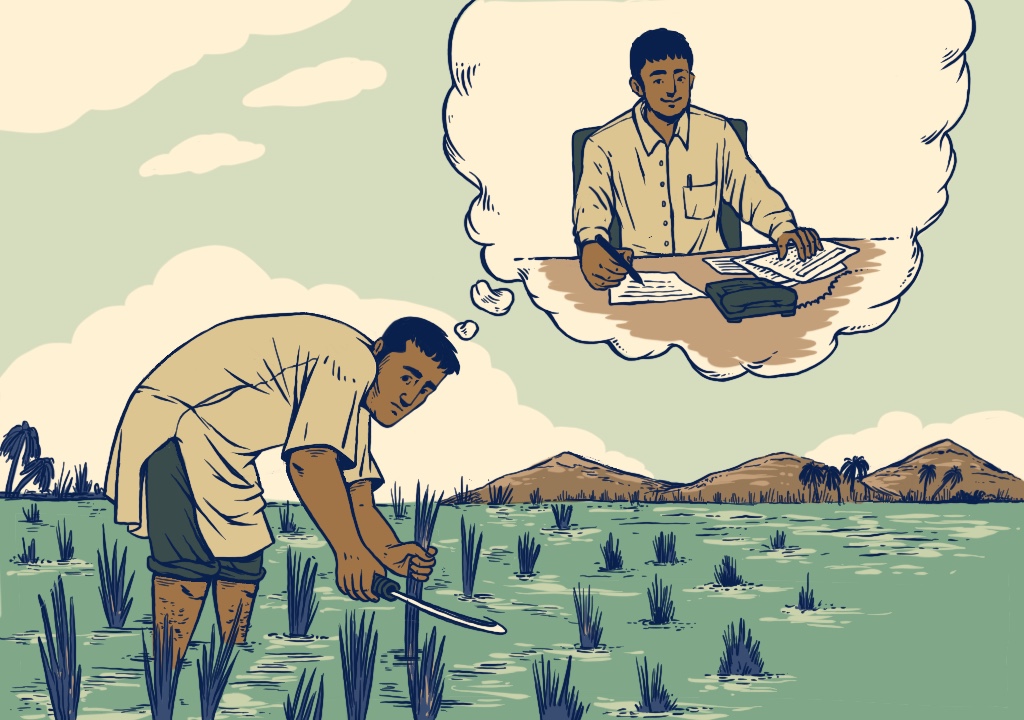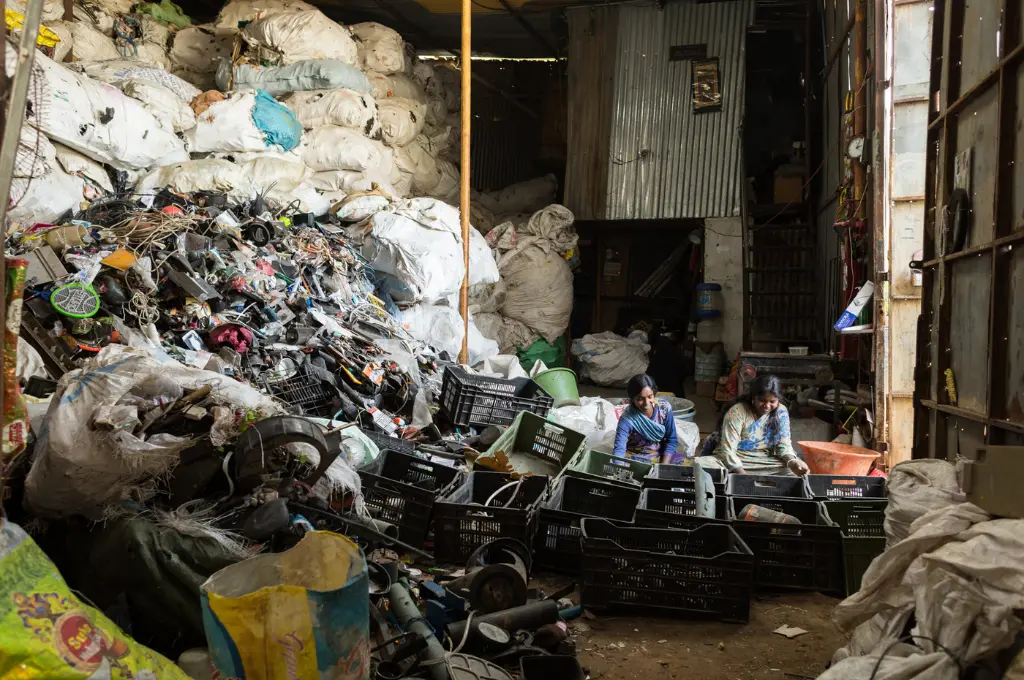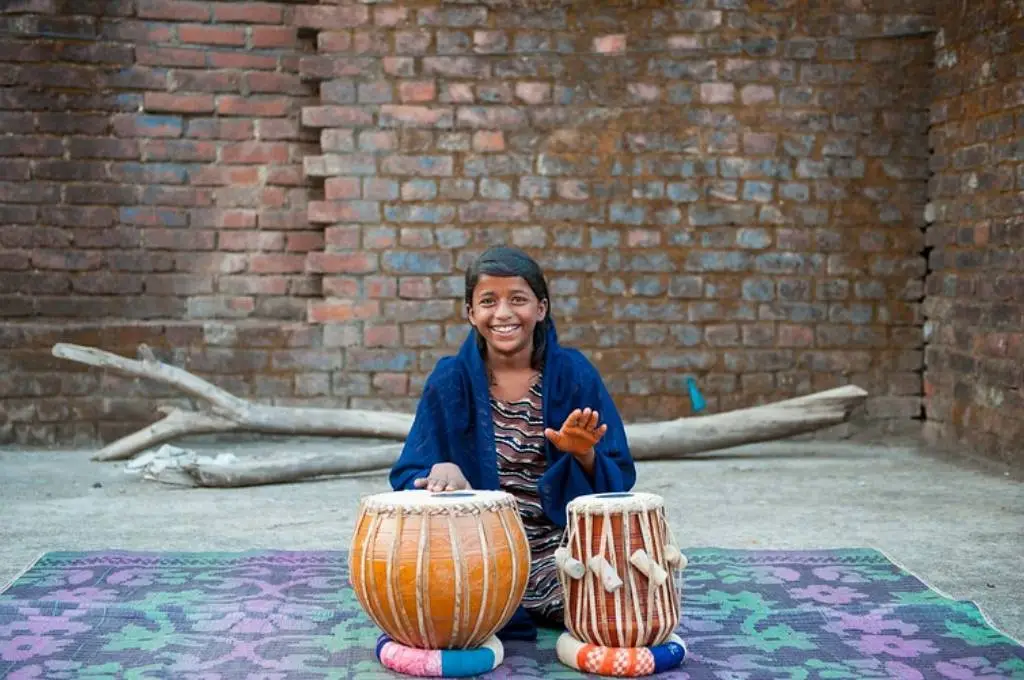What is your imagination of the village?
Last year, while interacting with people in a village in Khunti district, Jharkhand we asked the question, ek peedi ke baad kaam kaise dikhega? Gaon dikhega kaisa? (What will work look like after a generation? What will your village look like?)
In the imagination of the villagers, the young people had moved out. “Sirf buddha buddhi, aur bacchein rahenge gaon mein. Baaki sab bahaar honge.” (There will only be old people and children left behind. Everyone else will have left the village).
This was part-imagination and part-wishful thinking on their part. They wanted their youngsters to find jobs. And since there were no jobs in the village, they expected them to go outside.
These are the people that traditional livelihood nonprofits have worked with over the years (and the successful ones have enabled decent livelihood options). But their lives are not what they wish for their children. They don’t want their children to take up the work that they have toiled at all their lives, because incomes are low and the risk is high due to the significant variability in agricultural income. But most importantly, the work is just sheer drudgery.
Related article: Creating the resilience to dream
They look at other segments of society, they see our work, and then see how their own lives are dominated by physical work; and they wonder, is this what the future will look like for their children too? In these villages that lie far away from cities, non-farm sector is not visible to most villagers.
It begs the question, what will rural India look like 20 years from now? It’s a very important question and one that we don’t currently have answers for. But the first step towards addressing this is that we have to change how we think of livelihoods.
Our farm programmes cannot be about working with communities anymore
They have to focus on the youth. If we want the young to stay in agriculture, if we want to attract them, we need to ensure that they are able to earn INR 8 to 12 lakhs of annual income. Without this, they won’t stay, and they won’t work in agriculture and farming.
Over the past two decades, the bulk of civil society’s interventions in rural India have been around food sufficiency. More recently, we have started moving our thinking from food sufficiency to surplus generation. But most of us still aren’t looking at providing other opportunities—ones that match what our youth are seeking.

In village after village, we see frustrated, unemployed, educated youth who want jobs. | Illustration: Shirish Ghatge
Ten years ago, in the villages of Jharkhand, hardly anyone had passed the tenth standard. Today, many of the young people there are tenth to twelfth standard dropouts; some have even done a few years of university. And they do not want to work in traditional livelihood jobs—like small credit-induced trading, higher yield farming, forest management, and so on—that took their parents out of poverty.
Related article: Mujhe sarkari naukri hi chahiye!
Parents ensured that their children got an education with the aspiration that they would get formal jobs. But there are no jobs; there haven’t been for a while. Most of the jobs that are available are in services, and based in cities and towns where these rural youth must compete with educated, savvy, city-bred peers who have a huge advantage in terms of exposure and smarts.
And so, in village after village, we see frustrated, unemployed, educated youth who want jobs. If we want to impact the future of rural India, we need to create a response that goes beyond how we have looked at livelihoods traditionally. For young people in rural India, we need to solve the problem of jobs, not livelihoods.
Given this scenario, are traditional nonprofits losing their relevance?
The organisations that are able to meet the demands and aspirations of the rural youth today are increasingly structured as social enterprises. Whether it’s skilling people, providing market linkages, enabling them to move up the farm value chain, or employing them in agri-businesses, it is social enterprises that are at the forefront.
For the community, it doesn’t matter how the organisation is structured. But where it does matter is the service orientation of the organisation, and ultimately in the benefits that accrue to the people served.
The business-first approach did lead to a paradigm shift where people are today treated like customers rather than beneficiaries.
The microfinance industry is a very good example of this. Initially most of the organisations working on financial inclusion were nonprofits. They very quickly transitioned into Microfinance Institutions (MFIs). We saw the difference in the two models (nonprofit versus for-profit MFI) first hand, when we started working with SHGs and linking them with banks several decades ago. Each member was able to access credit of INR 5,000-10,000 in a year, the better ones were able to get more. However, in the same area, there were MFIs who provided the same service, and their customers would receive loans of INR 50K-1 lakh, meeting requirements that SHGs were unable to provide.
Today, with new-age financial institutions coming in and competing with each other, there is money to be made from serving these communities. It creates incentive; sometimes it might be a perverse incentive that results in practices such as aggressive lending and evergreening of loans, which pushes poor borrowers into greater debt.
But the business-first approach did lead to a paradigm shift where people are today treated like customers rather than beneficiaries.
Related article: Redefining social entrepreneurs
The needs of young people today are more market-oriented. And the market is central to the social enterprise business model, unlike a nonprofit, which looks at services from a social angle.
Very often, nonprofits are looked at as entities that supply something that may be ideal but not aligned with the community’s present needs and aspirations. Their space will be taken away by social enterprises.
We are already seeing it happen with low income families opting for affordable private schools, seeking private informal healthcare services, buying drinking water from kiosks, and so on. These might not all be at scale now, but in the next five years we will see much more of these ‘public goods’ being offered by the markets.
There will always be space for nonprofit work, but for service delivery, social enterprises will take that space very quickly.
To survive in this changing landscape, nonprofits will have to morph or partner with agencies into what their communities want. While the bigger nonprofits will probably find it hard to shift their thinking to adapt to this, smaller ones might be able to make this transition; else they will have to risk being crowded out by social enterprises.
There is a fundamental shift in the narrative across the board. For the youth and the community, the increased customer and market orientation is more valuable; for the donor, they expect their grantees to now access these new financing opportunities as a means of becoming sustainable; and governments are asking for Public-Private Partnership (PPP) setups, be they in the form of rolling out health sub-centres or education vouchers.
There will always be space for nonprofit work, but for some of the work on the service delivery side, social enterprises will take that space very quickly.





